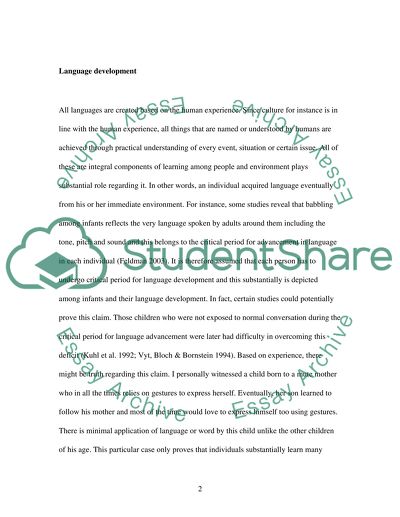Cite this document
(“All languages are sexist Essay Example | Topics and Well Written Essays - 2500 words”, n.d.)
Retrieved from https://studentshare.org/psychology/1394890-all-languages-are-sexist
Retrieved from https://studentshare.org/psychology/1394890-all-languages-are-sexist
(All Languages Are Sexist Essay Example | Topics and Well Written Essays - 2500 Words)
https://studentshare.org/psychology/1394890-all-languages-are-sexist.
https://studentshare.org/psychology/1394890-all-languages-are-sexist.
“All Languages Are Sexist Essay Example | Topics and Well Written Essays - 2500 Words”, n.d. https://studentshare.org/psychology/1394890-all-languages-are-sexist.


